Happy 426 HEMI® Day From the Man Who Tested Them
It’s that time of year when the calendar reads “4/26”. Those three numbers imply four magic letters, “HEMI®“. This mighty engine’s predecessor, the Max Wedge, also displaced 426 cubic inches in 1963; and in 1964, it was the 426 HEMI engine that forever changed drag racing while getting banned or severely handicapped in many racing series. The 426 Max Wedge may have had the competition scrambling for a better weapon, but the 426 HEMI engine kicked the door in, lit the fuse and blew up the high-performance establishment. It was like a thermonuclear strike of epic proportion leaving a wasteland in its wake of tire smoke.
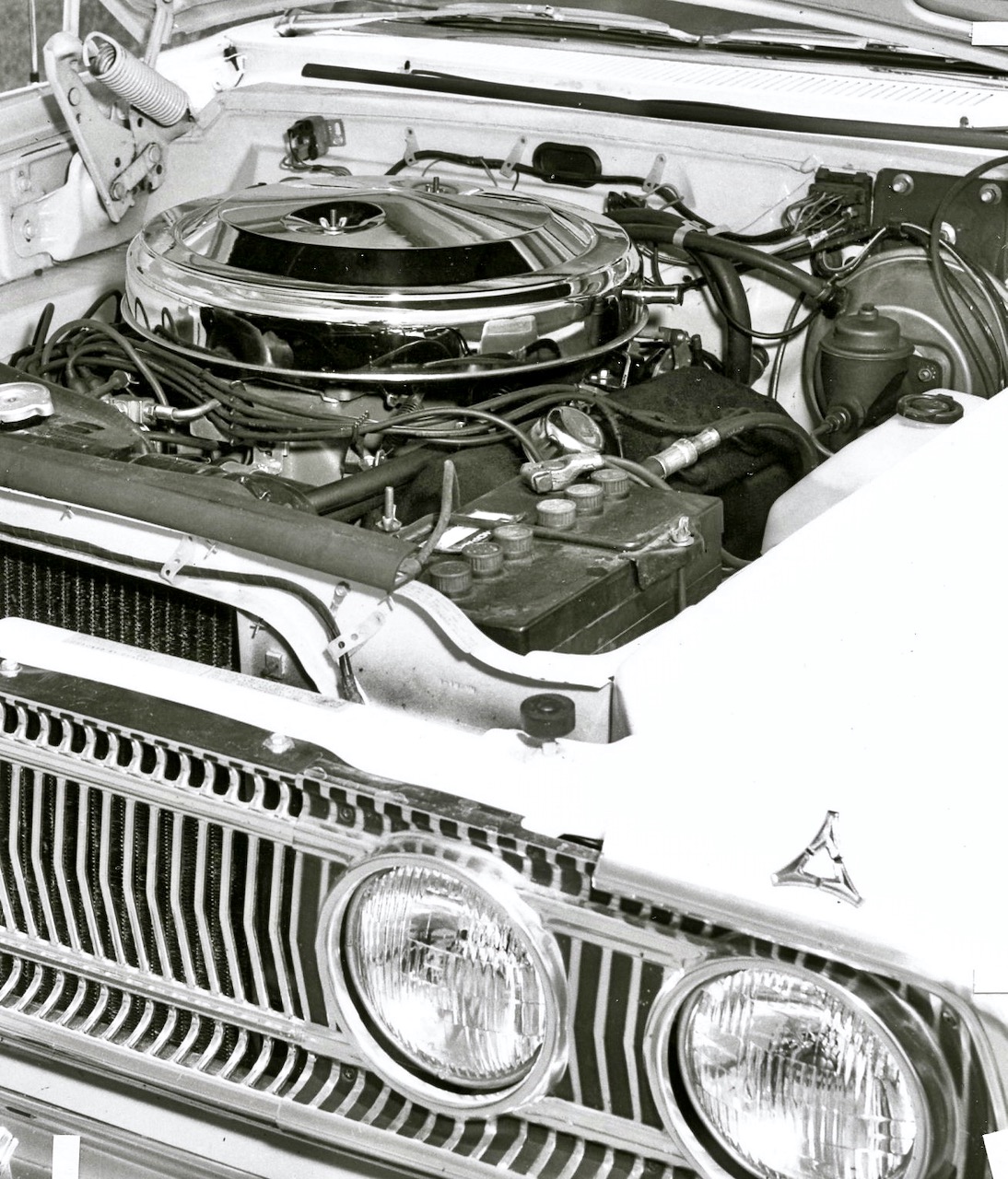
On this day, we have a special treat for all you Mopar® gearheads. We interviewed renowned automotive journalist Martyn Schorr, who drove and tested the pre-production 426 Street HEMI engine-powered vehicle during Dodge’s annual Long-Lead Press Event at the Chelsea Proving Grounds in the summer of 1965. The Street HEMI vehicle Martyn drove (and there would be many others) was a 1965 Dodge Coronet 500. The car was a prototype engineering “mule” to test drivability and durability along with the quarter-mile performance of the new 426 Street HEMI engine. The 426 Street HEMI engine-powered vehicle would make its production debut on the 1966 Dodge and Plymouth “B-body” intermediate lineup, but it was NASCAR, NHRA and AHRA race-sanctioning bodies that sort of forced Chrysler to make it an engine option for everyday street cars. But it was this unique 1965 Coronet from the engineering fleet that Martyn flogged mercilessly around the proving grounds, so here’s what he recalled from that fateful date.
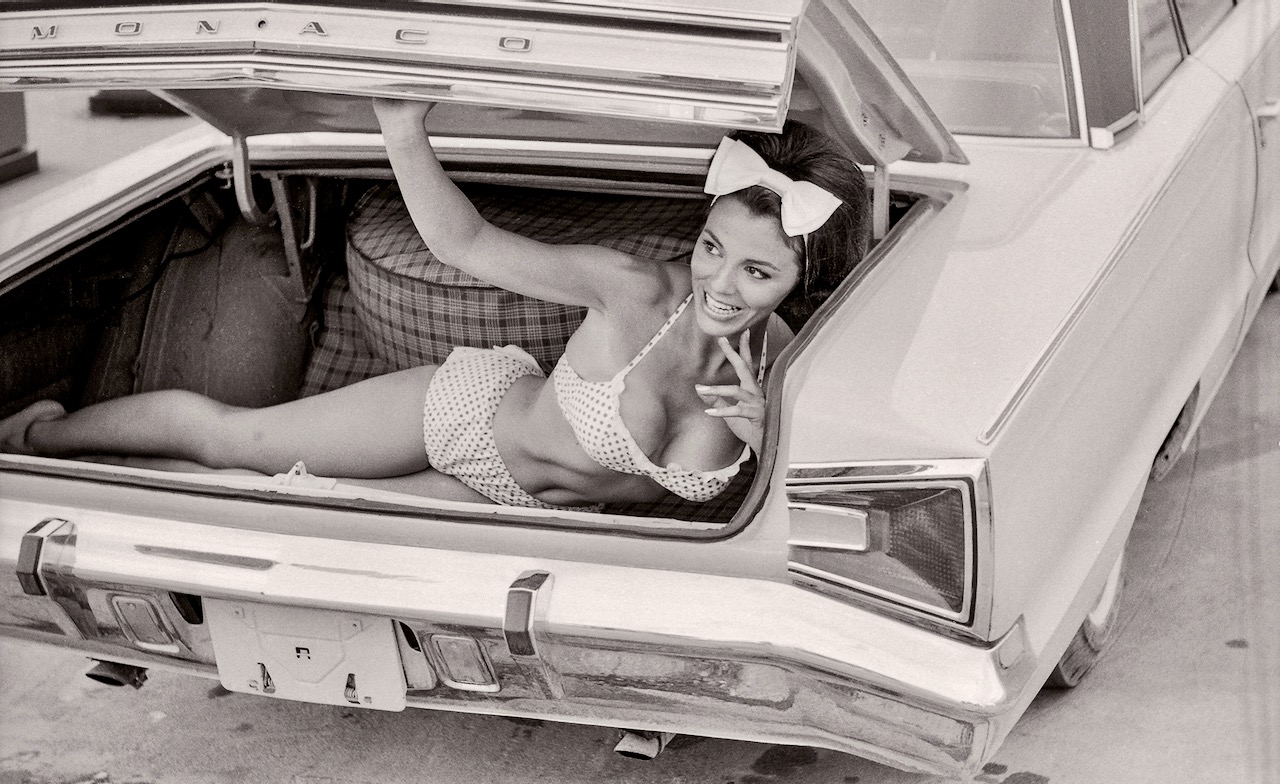
“Dodge Long-Lead Press Previews at Chelsea were much more fun than Plymouth. Plymouth was always paired with Chrysler and its executives were much more buttoned-down and ‘PC’ than those from Dodge. One time, Dodge was demonstrating trunk space in the new ’65 Polara with a bikini-clad model! She also posed with a new 426 HEMI race engine that year. One year, McCurry (President of Dodge Division at the time) had a Dodge Travco Motorhome parked just outside the gate to Chelsea with a full bar for press guys because alcohol was not permitted on the Proving Ground,” laughed Martyn.
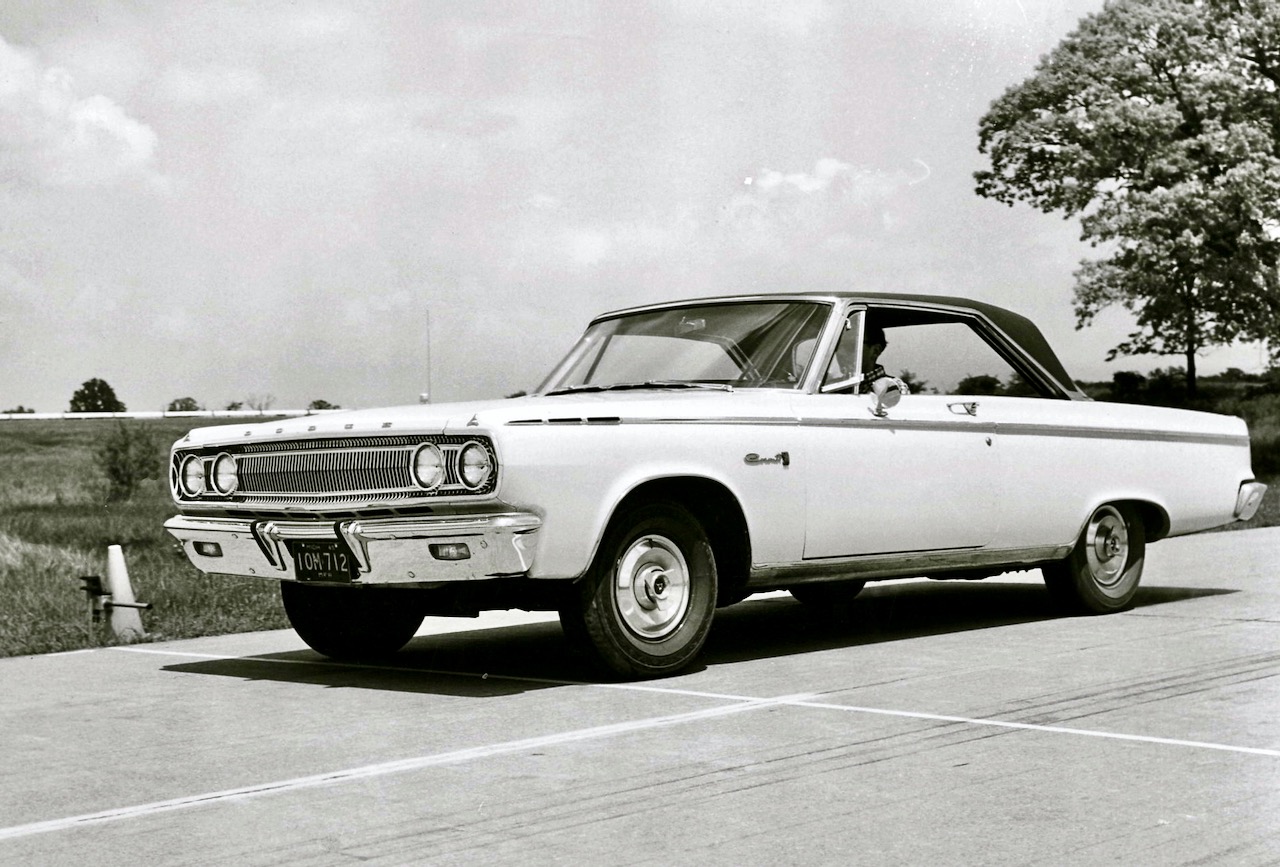
But beyond bikini-clad models and tire-smoking big block-powered cars, Dodge provided journalists with something that would be a game changer in the muscle car world. “I was really fortunate in 1965 to drive a pair of ’65 Dodge Coronets, powered by ‘streetable’ 426 HEMI engines. The Street HEMI option would not be available until 1966 model production. One engineering vehicle was a well-equipped ’65 Coronet 500 two-door hardtop, a ‘mule’ powered by a stock 426 Street HEMI with dual Carter four-barrel carbs. The other, a bare-bones, radio-heater delete HEMI ‘A990’ style racecar. It was built by Cotton Owens for NASCAR legend David Pearson to drive in major road rallies with help from Scott Harvey at Chrysler Engineering. Its 426 HEMI was a detuned race motor with a single four-barrel Holley carburetor. These were two vastly different HEMI-powered machines and the ’65 Coronets broke cover months before the 426 Street HEMI was announced, and got to drive both of them,” smiled Martyn.
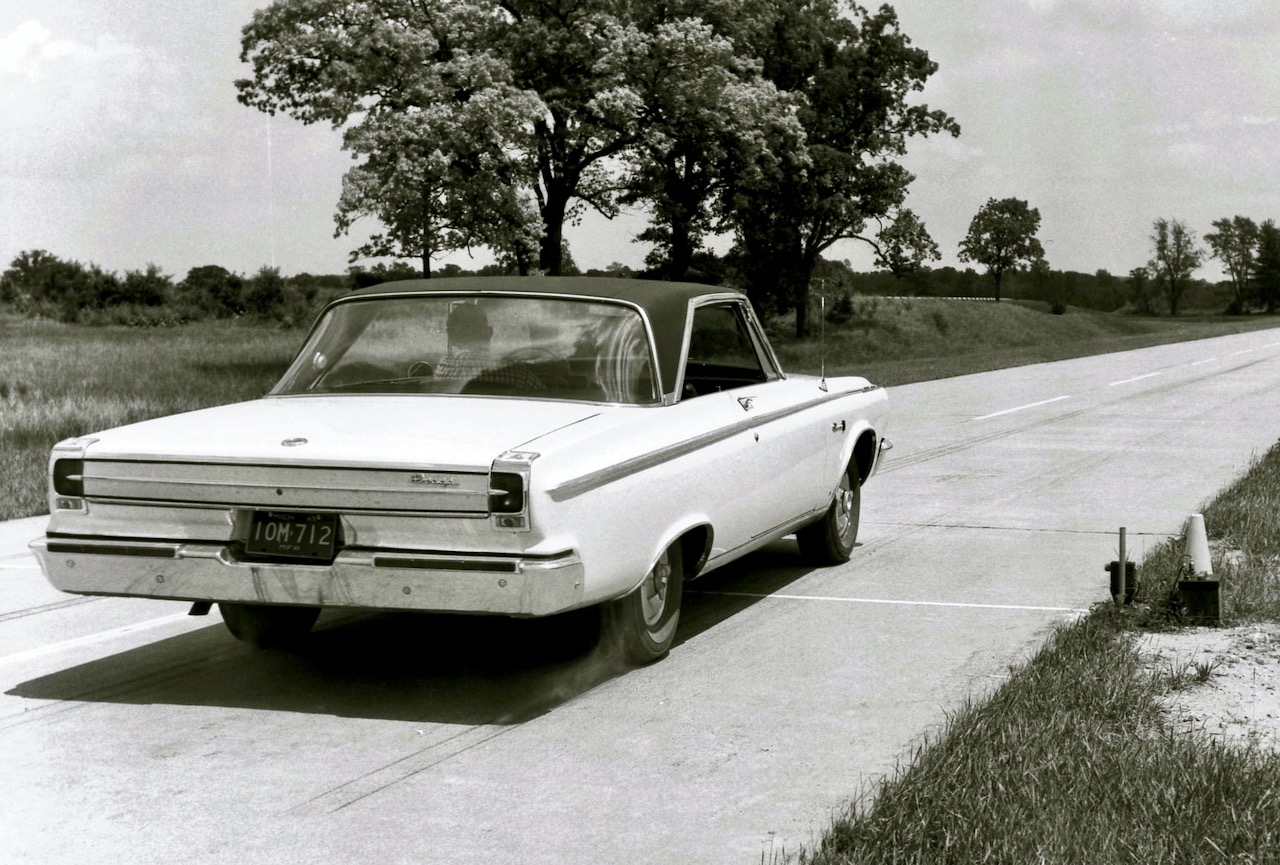
According to Martyn, here’s how it came about. “I spotted a lone ’65 Coronet 500 hardtop parked off to the side along with some 1966 pilot and prototype models. When it was time to drive cars, most media guys made beelines for new 1966 models. But, there was something about the ’65 Coronet that piqued my interest. The year-old model that nobody else cared about, was shod with black wall Police tires on oversized wheels and, upon closer inspection, big front disc brakes. A young engineer who parked it asked if I wanted to take it for a drive. Before I had a chance to find out what was under the hood, he said, ‘It’s just a Street HEMI, one of the six original 1965 development cars. We kept it around after the 1965 program was canceled.’ In less time than it would take a HEMI to go from 0 to 60, I swapped my camera bag with him for its keys!”
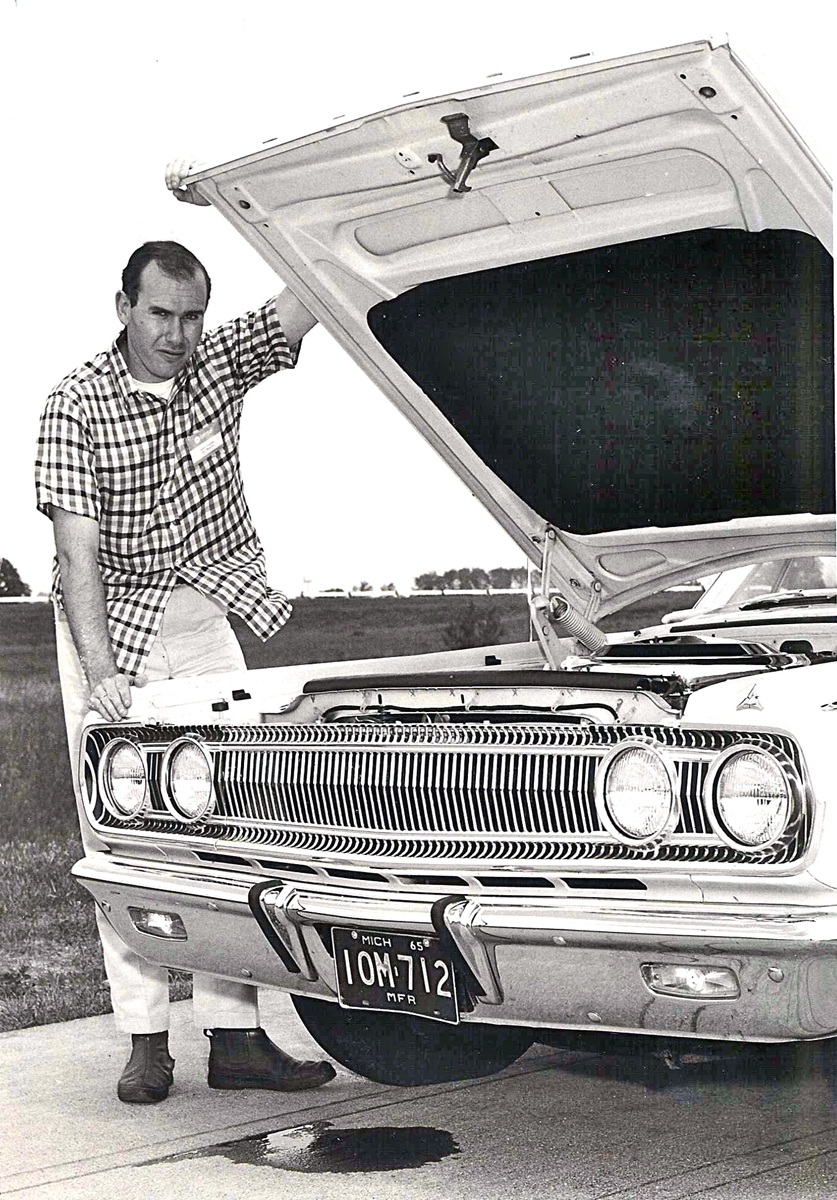
While driving on the Chrysler Proving Grounds long straight used by the Golden Commandos and Ramchargers for quarter-mile testing, Martyn and the engineer chatted about the Coronet they were blasting around in. “The engineer talked about the ‘Mule’s’ blueprinted 10.25-to-1 compression Street HEMI, beefed 727 TorqueFlite transmission, 4.10 Sure-Grip gears, cop-car tires and big brakes. An information card attached to the sun visor indicated 10.50-to-1 compression! He let me know that it had run consistent mid-13s at 100 to 102 mph. At that point, I completely forgot about the 1966 models I was there to drive! Unfortunately, the clocks were not set up, but I had the concrete-paved drag strip to myself. My new best friend was a photography buff and happy to take photos with my camera while I played. I made so many back-to-back runs, that the HEMI overheated and dumped coolant on the track. Once I got the Coronet to hook up, it was like a rocket ship – and love at first shift!”
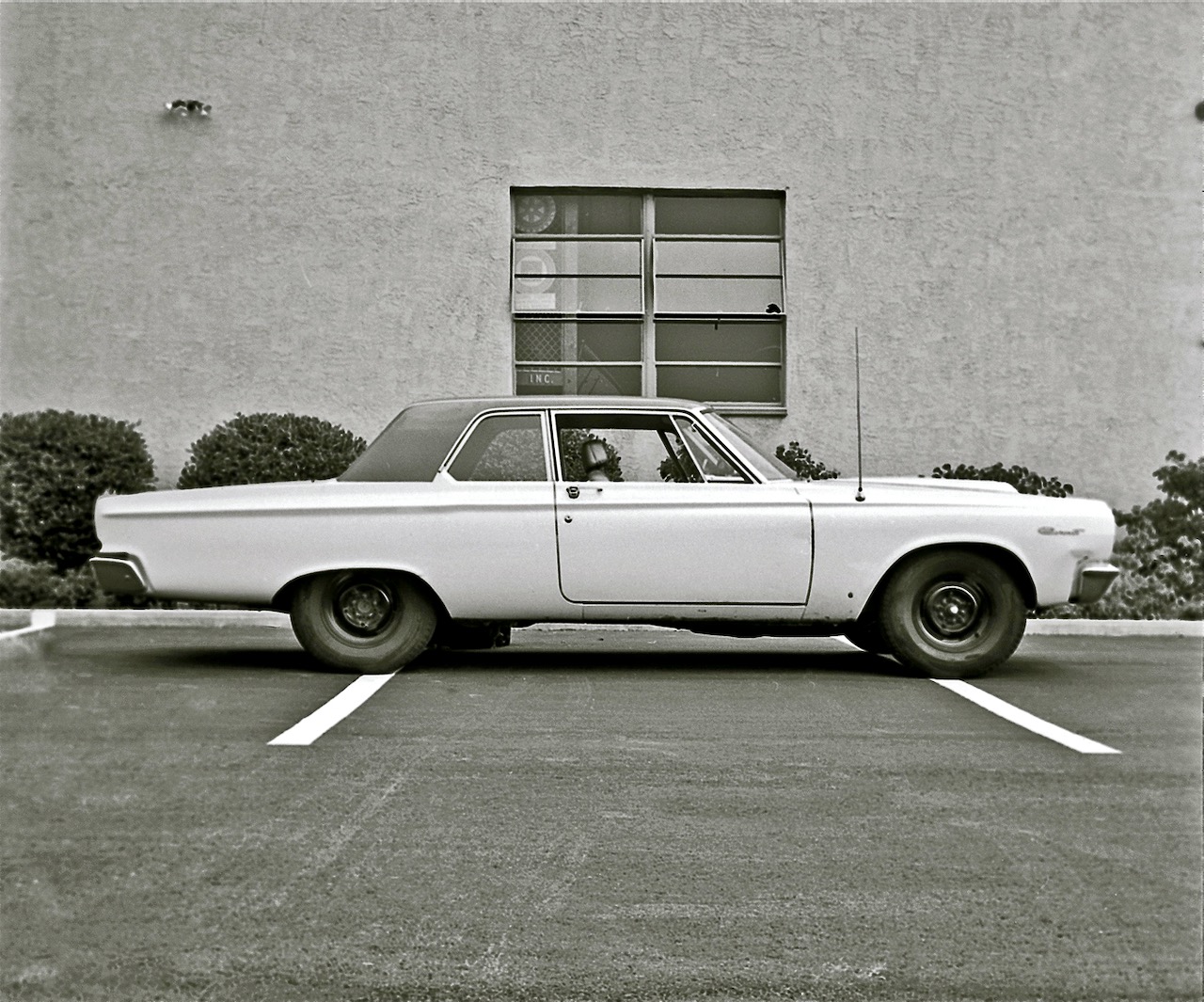
Martyn’s fun wasn’t over just yet. After the press preview and after he got home to New York, Dodge PR exec “Moon” Mullins called. “I picked up the phone and Moon (Mullins) asked how I’d like to play David Pearson by driving his ’65 Coronet HEMI. I told Moon I was ready, but I seriously doubt that David and NASCAR team owner Cotton Owens would let me get within 25 feet of one of their Dodge HEMI racecars,” exclaimed Martyn. Moon told Martyn, “Not to worry. We own the car, and it has license plates. Just keep it on the street since it doesn’t have a roll cage. However, it’s not his NASCAR racer. It’s the car he drove on the Shell 4000 Trans-Canada Rally. We cleaned it up and took out a lot of rally equipment. But it still has the HEMI powertrain and all the good chassis stuff.”
“While I never checked the Coronet’s VIN plate, it most likely was built as a radio-heater-delete WO-series A990 HEMI racecar. It had a plexiglass backlight and quarter windows. The blueprinted 426 race HEMI was detuned with 10.25-to-1 pistons and a milder camshaft, topped off with a single Holley four-barrel. The chassis was also modified to circuit racing specs that included a non-shielded 13-gallon fuel tank from a Dodge Lancer was installed in front of the trunk-mounted battery. How it ever got through safety/tech inspection is anyone’s guess,” grinned Martyn.
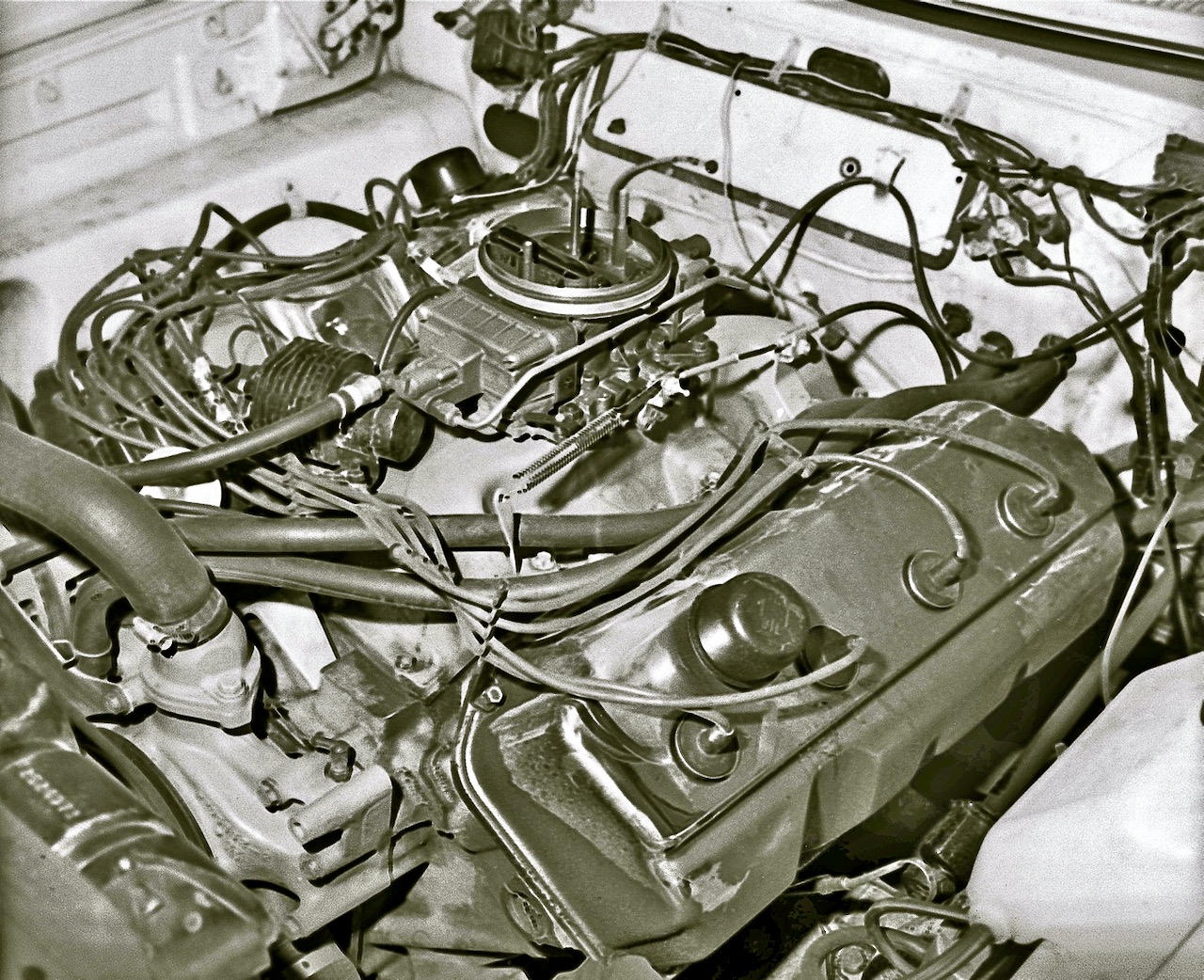
“Having the opportunity to drive a 426 Street HEMI, the only one on the street in 1965, ranked right up there with my Candymatic experience the year before. Since ’66 Street HEMI hadn’t been built yet, I had the ultimate advantage of surprise. But there were problems. With 4.30 gears, a hard-shifting four-speed, metallic-faced clutch plate, and a HEMI under the hood, getting the power to the pavement took more talent than I had. Most of the time, it either stumbled or the tires went up in smoke,” recalled Martyn. “The single four-barrel HEMI was a brute, and it had a rough idle and low-rpm stumble. After Charlie Dodge and George Snizek sorted out timing and tuned the Holley, George and I made some runs with the Coronet and his stock 283/270 ’61 Corvette on Lawson Boulevard. While we doubted that it was ready for prime time yet, it was running strong and could easily shred the rear tires!”
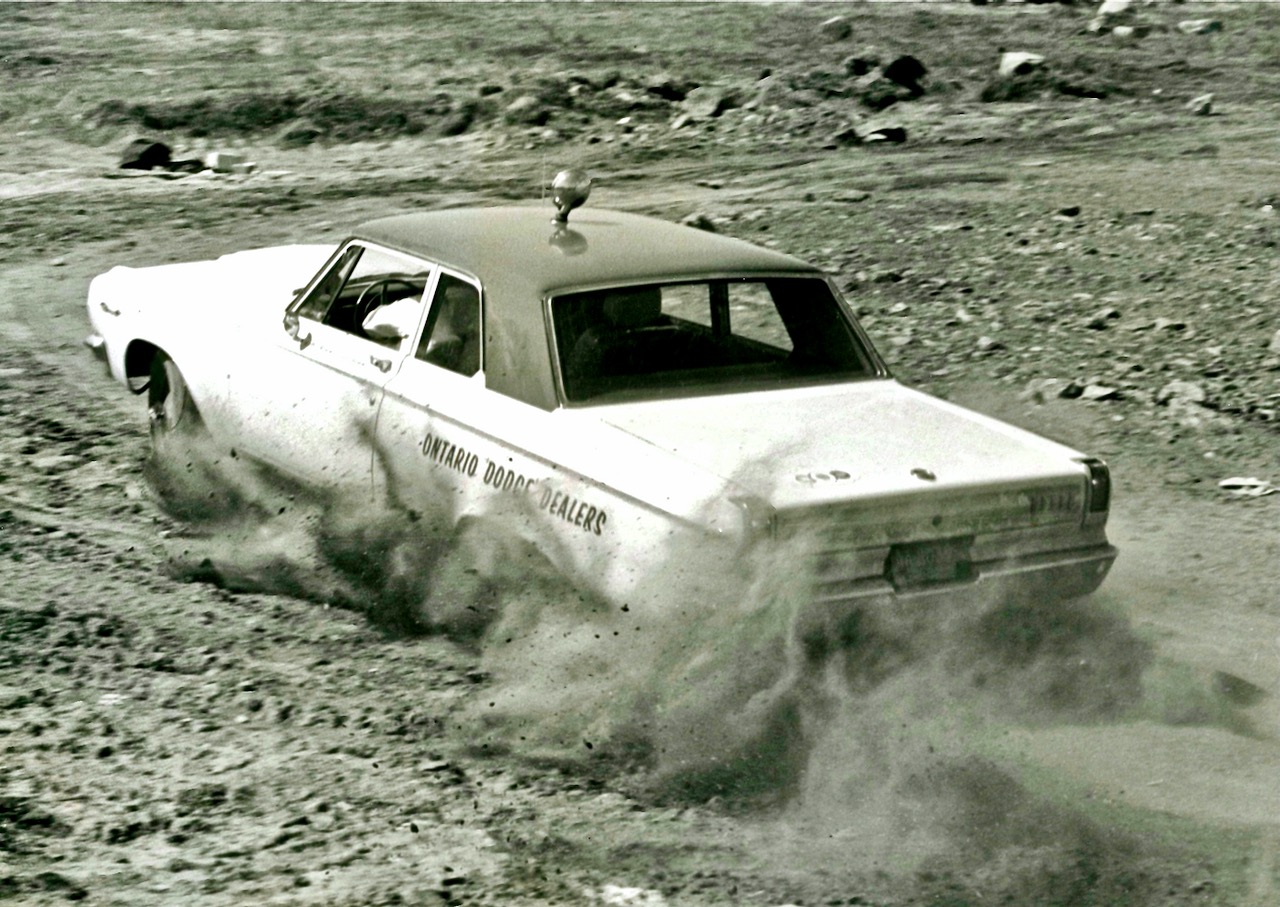
So Happy 426 HEMI Day, from the man who was in the thick of it when this mighty engine made its street debut almost 60 years ago!
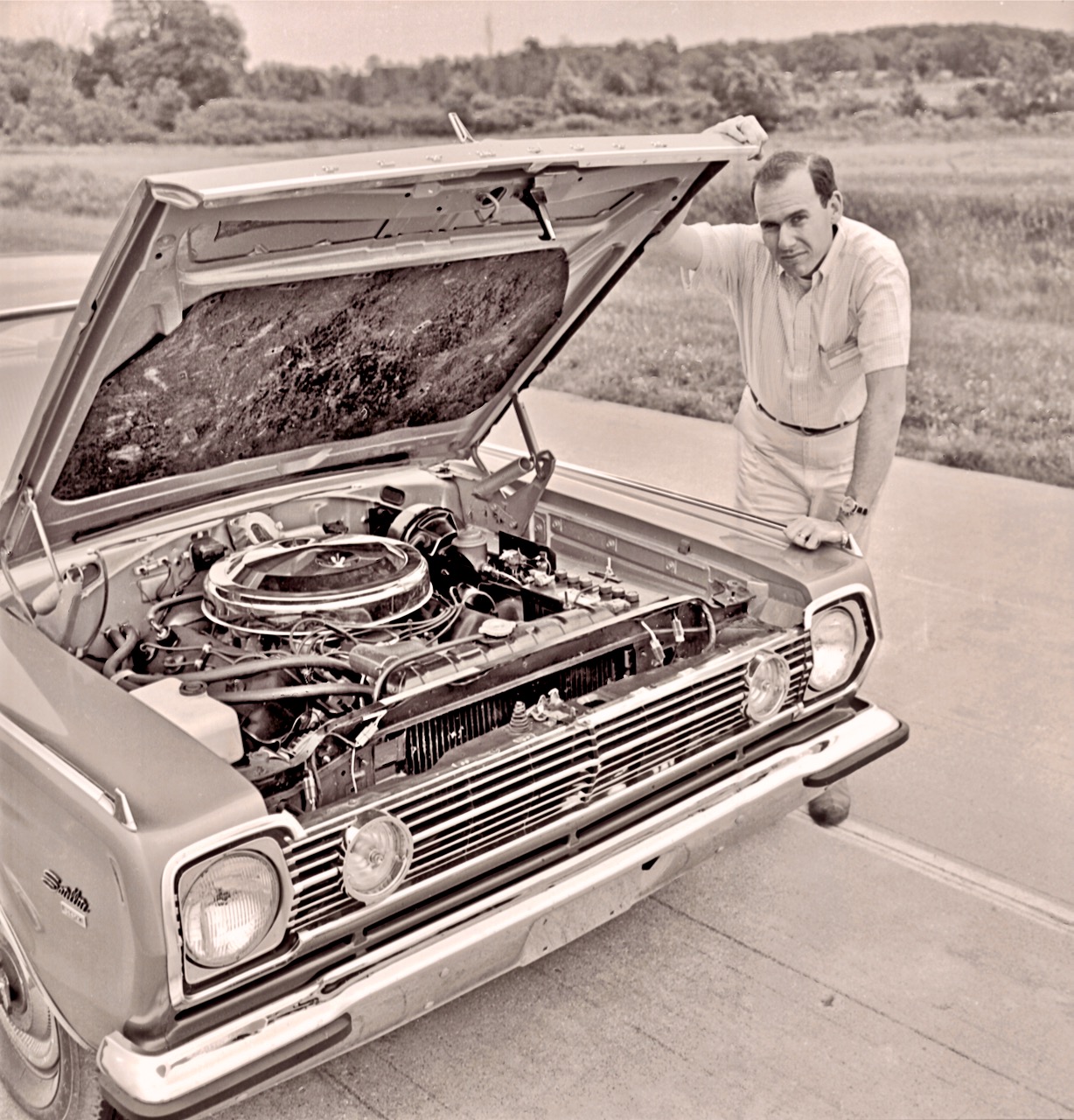
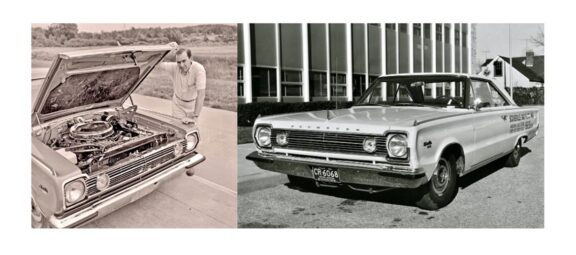
0 Comments